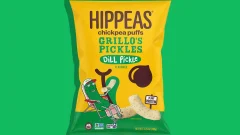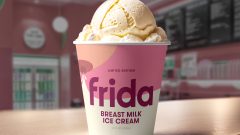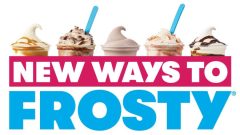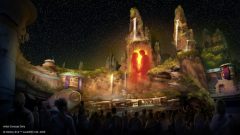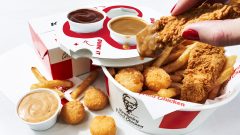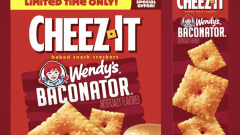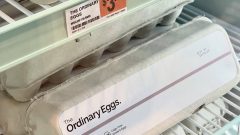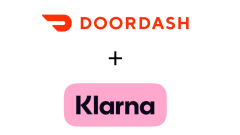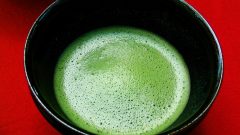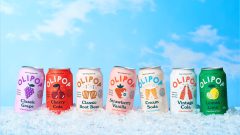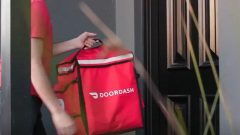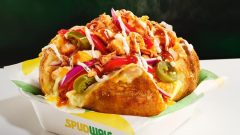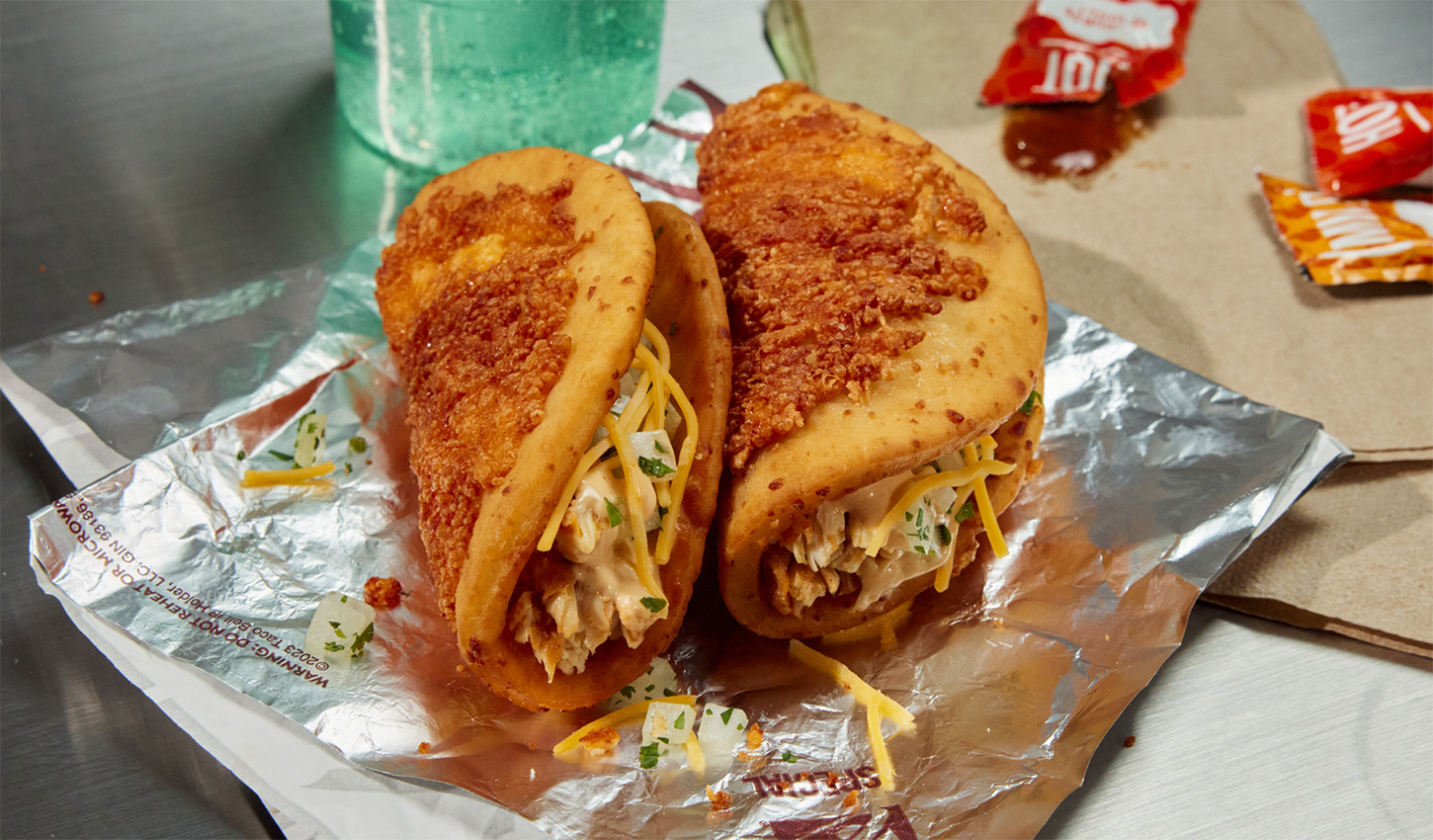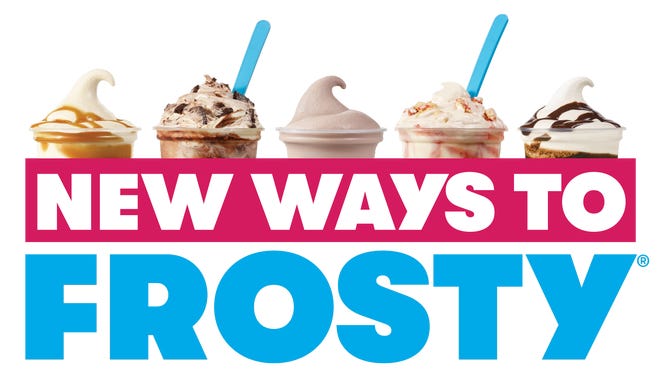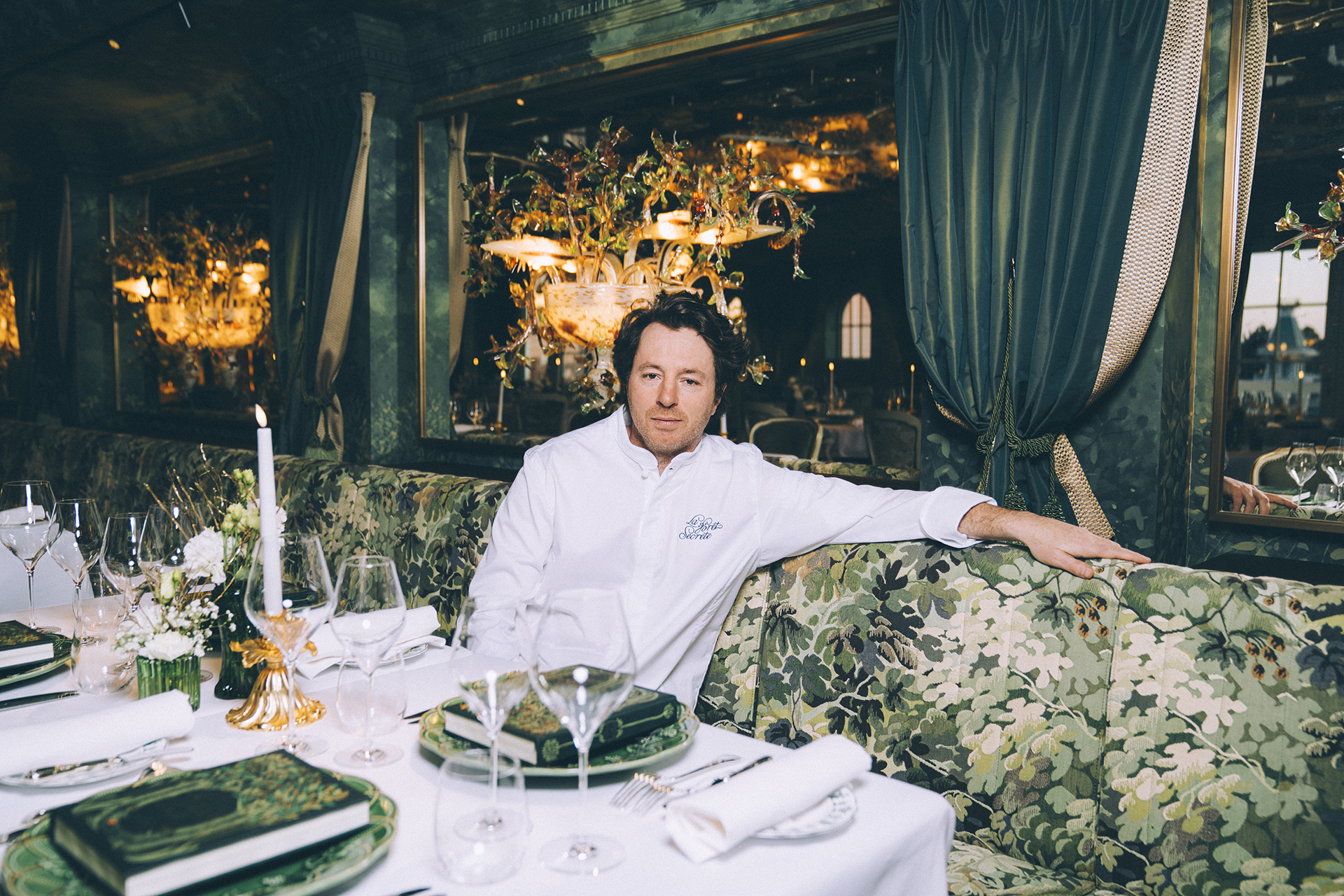Starbucks’ Problem with Baristas Could Be Solved Through Automation

Photo: Hao Xing (Wikimedia Commons)
2017 hasn’t been a good year so far for Starbucks. Yahoo Finance reports that their same-store sales dropped two percent in the first quarter of 2017 and just held steady in the second quarter, meaning that their revenue has been taking a consistent hit over the past six months.
To make matters worse, Business Insider conducted interviews with current and former baristas who brought up complaints of understaffed stores, low paying wages, and the notion that Starbucks’ corporate branch would prefer their baristas to “act like machines.”
Baristas thus feel like they are a “hindrance” to the corporate agenda and are continually harried by customers who feel their drinks aren’t being prepared fast enough while they don’t have the manpower to keep up. Relationships that baristas once had with regulars are gone, and with trending beverages and new methods of ordering being swiftly rolled out across the country, barista morale continues to drop as the pressure to sell more drinks mounts.
It’s likely that Starbucks’ drop in sales has been a result of the issues baristas are bringing up across the workplace. Fortunately, a simple solution exists that helps increase the efficiency of a Starbucks coffee shop and lifts some weight off of their shoulders: automation.
By introducing robots to perform simple functions like brewing coffee and crafting beverages, Starbucks can keep up with new offerings by simply programming them into restaurants nationwide. Baristas could then spend their time improving customer satisfaction and restoring relationships with regular customers while the robots act like an additional staff member that simply completes customers’ orders.
Coffee time at Cafe X. First robot coffee barista! #innovationtourSF pic.twitter.com/8zll2NF5Bo
— nexxworks (@nexxworks) April 2, 2017
The technology to accomplish this already exists. A robot coffee shop called Cafe X features a machine that can make seven different beverages, all with different custom modifications like the ones Starbucks has. While it doesn’t offer the scope or size differences the way Starbucks does, it can still make a large proportion of Starbucks’ drinks without a lot of additional programming.
Whether Starbucks can actually order and implement these robots is a question that remains to be answered, but Starbucks does have over $2 billion in cash available for potential investment opportunities. Automation should definitely be a route Starbucks considers to help its employees out, because they could aid in increasing sales by producing drinks faster and more efficiently, freeing up baristas to retain customers through friendly relationships.
It’s a bold strategy, but one that a company the size of Starbucks looking to improve sales should be willing to at least test to see if it would be a success.



